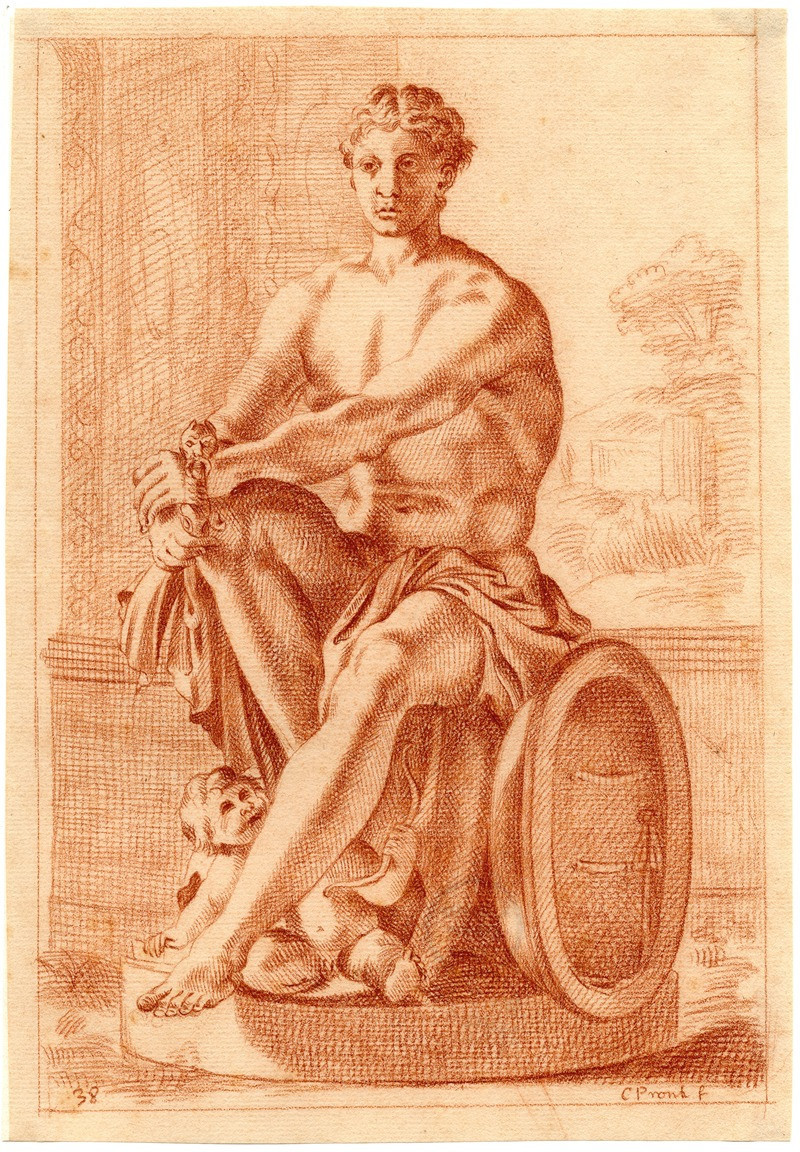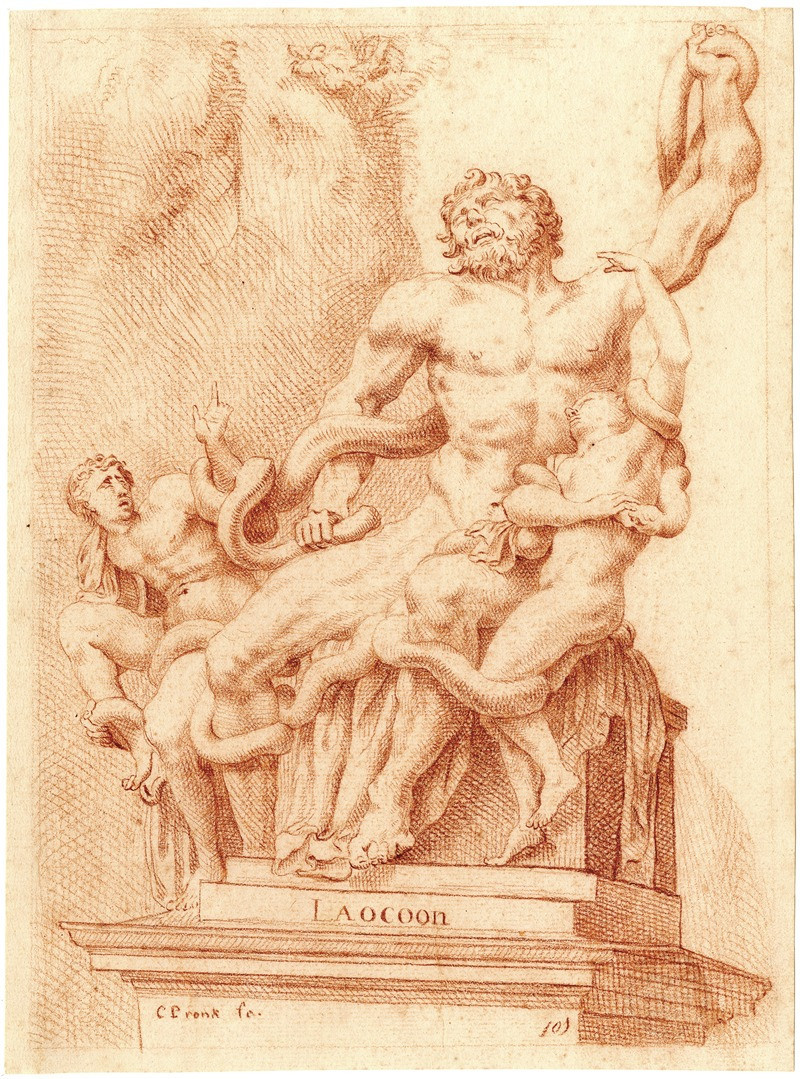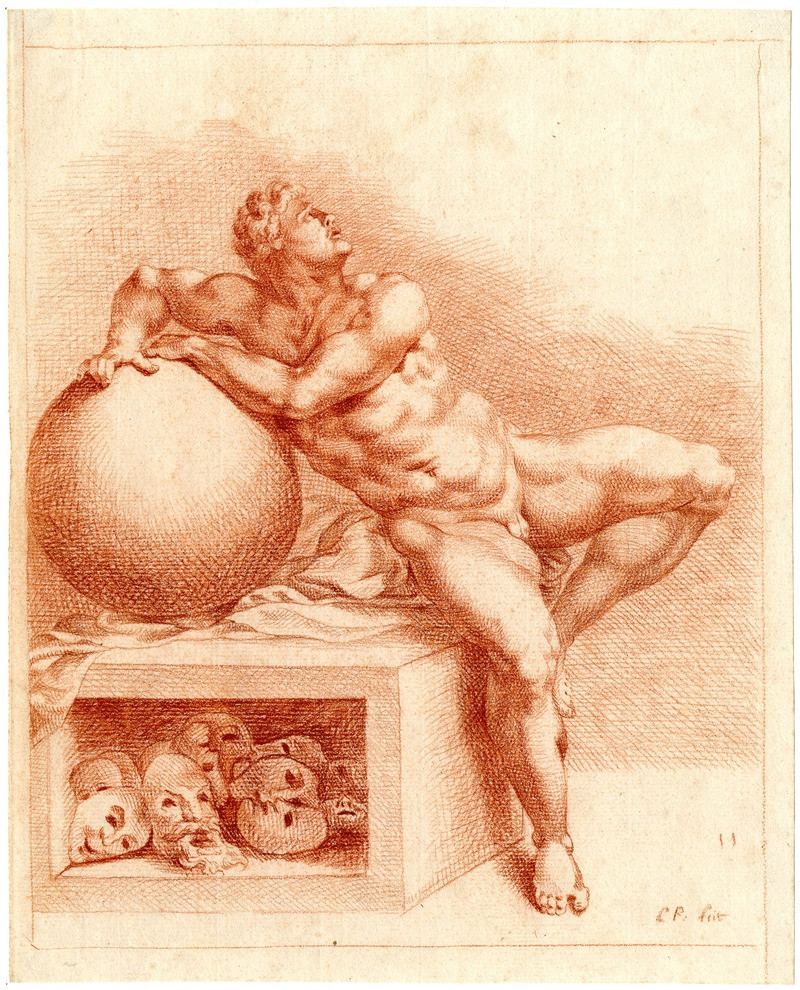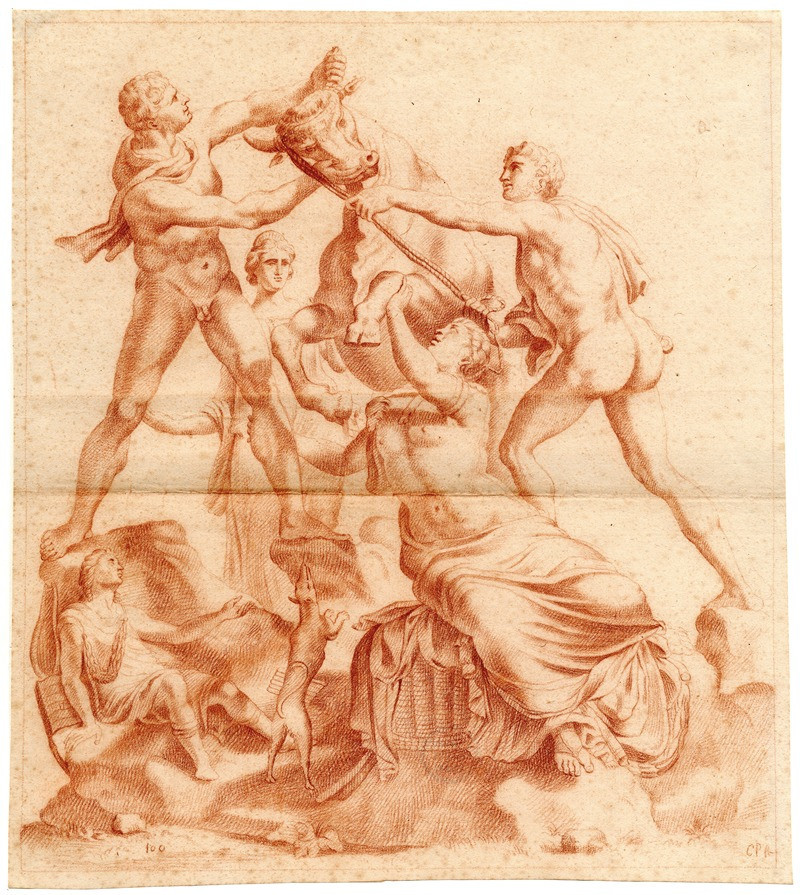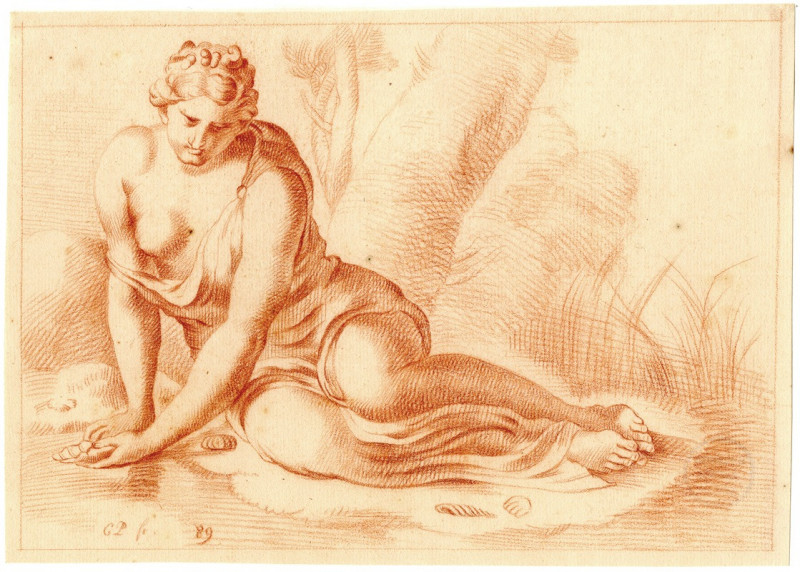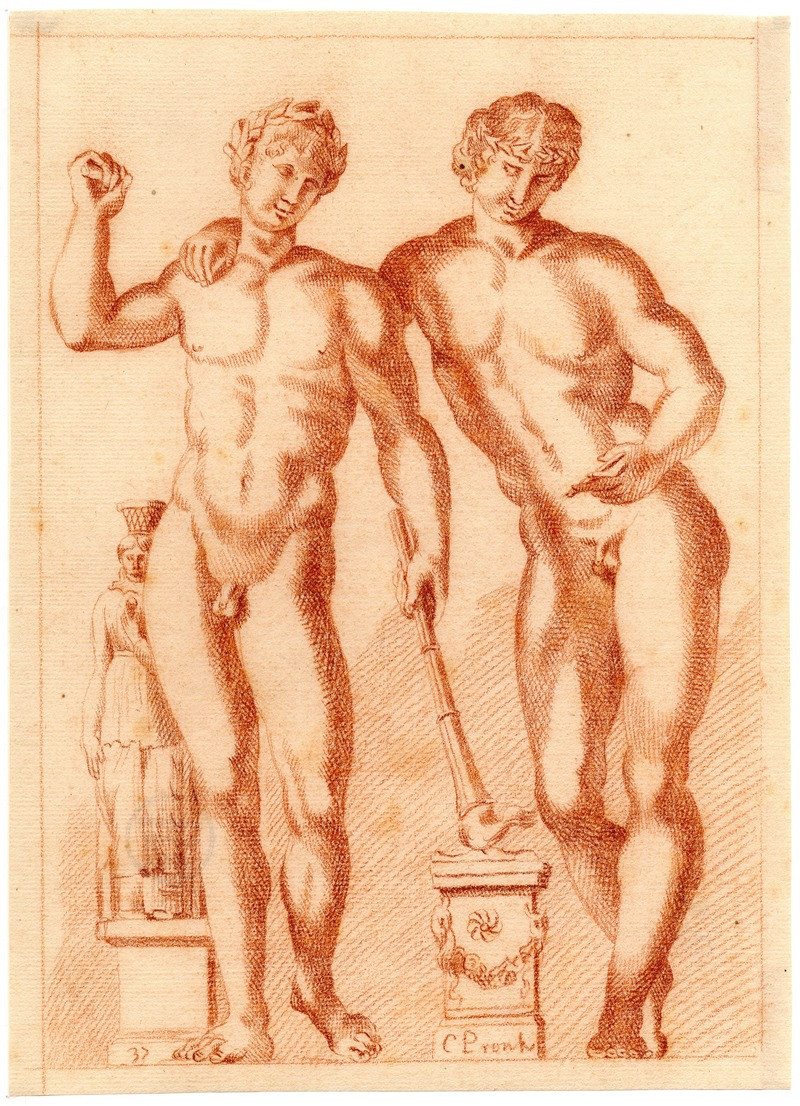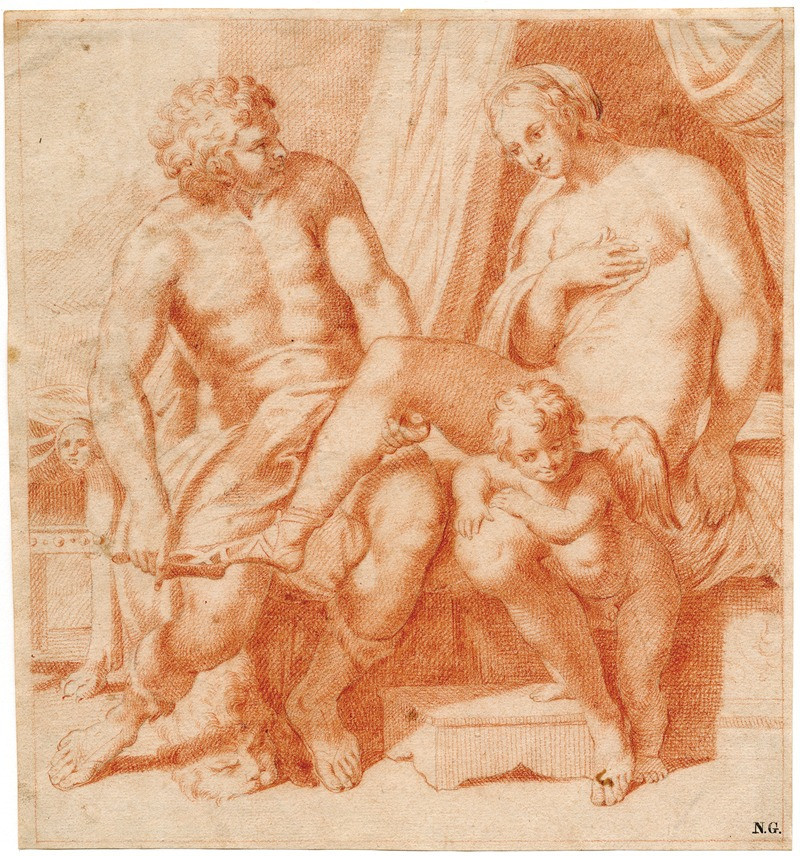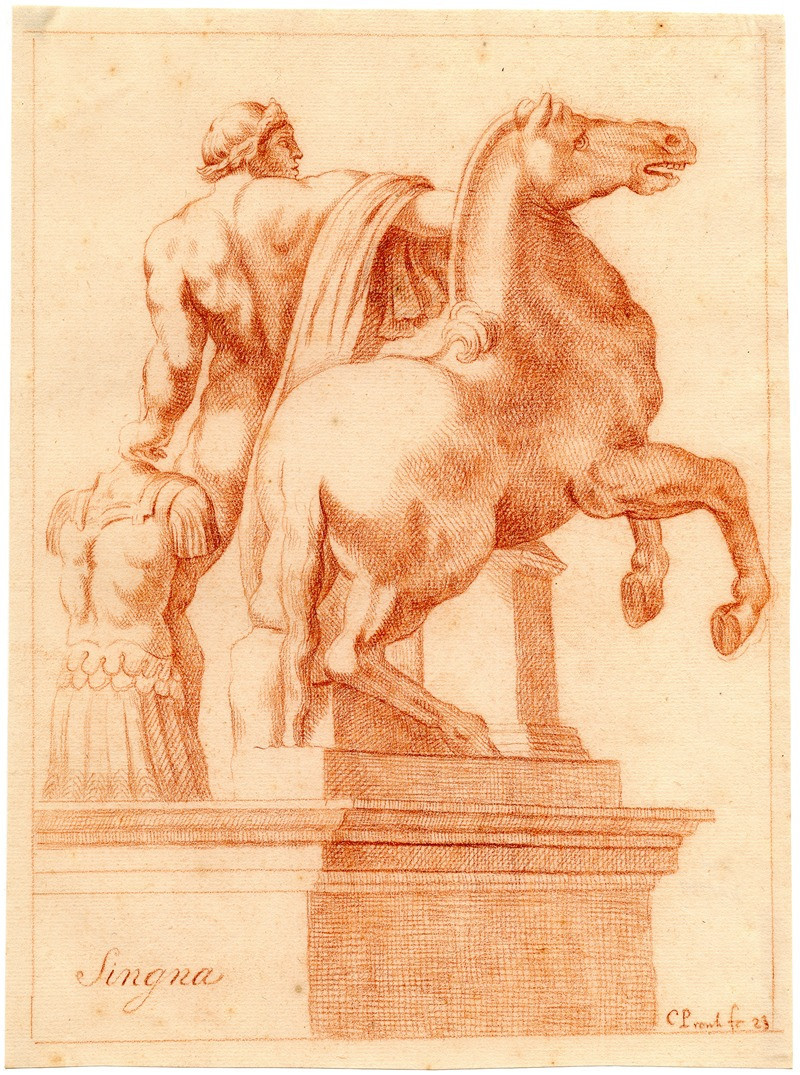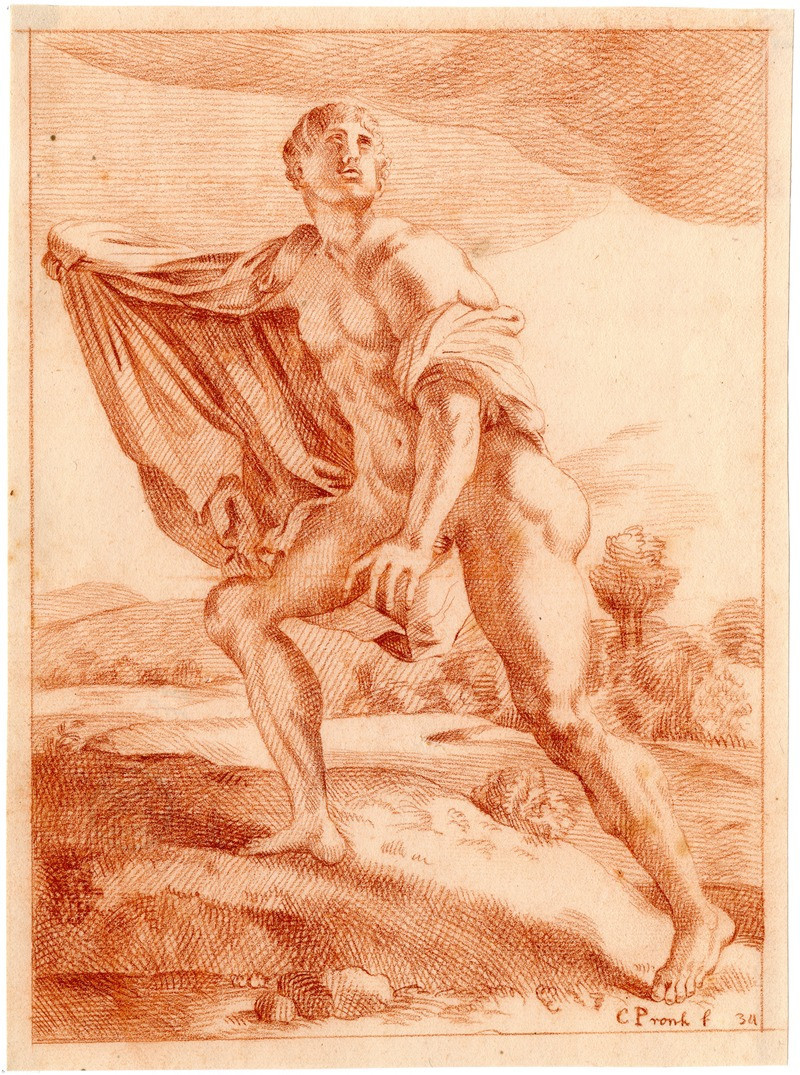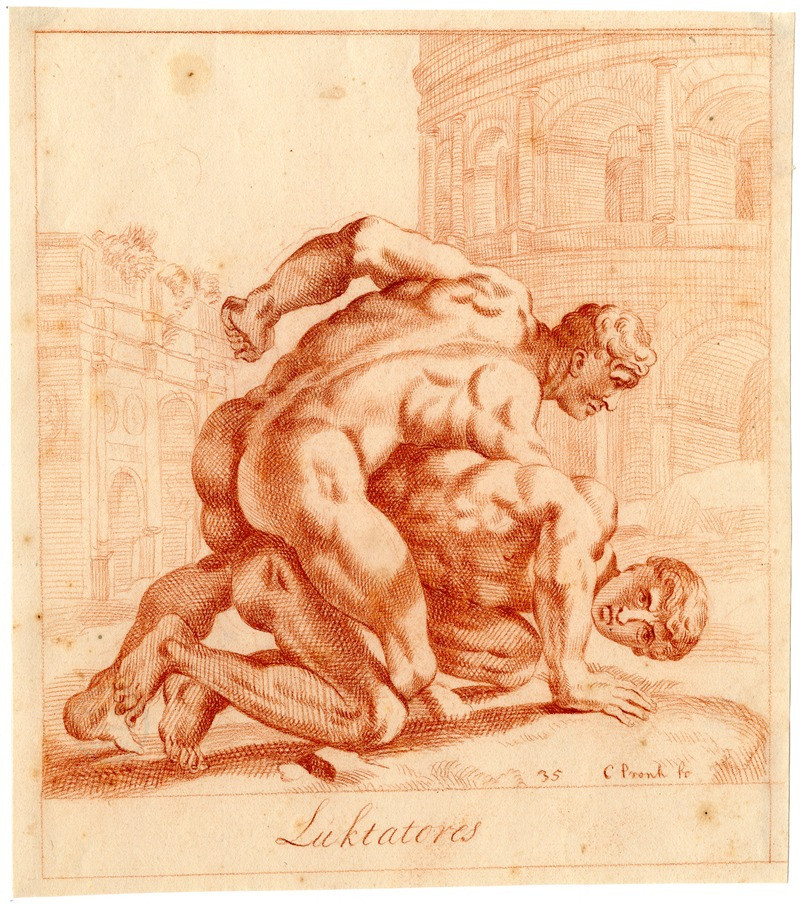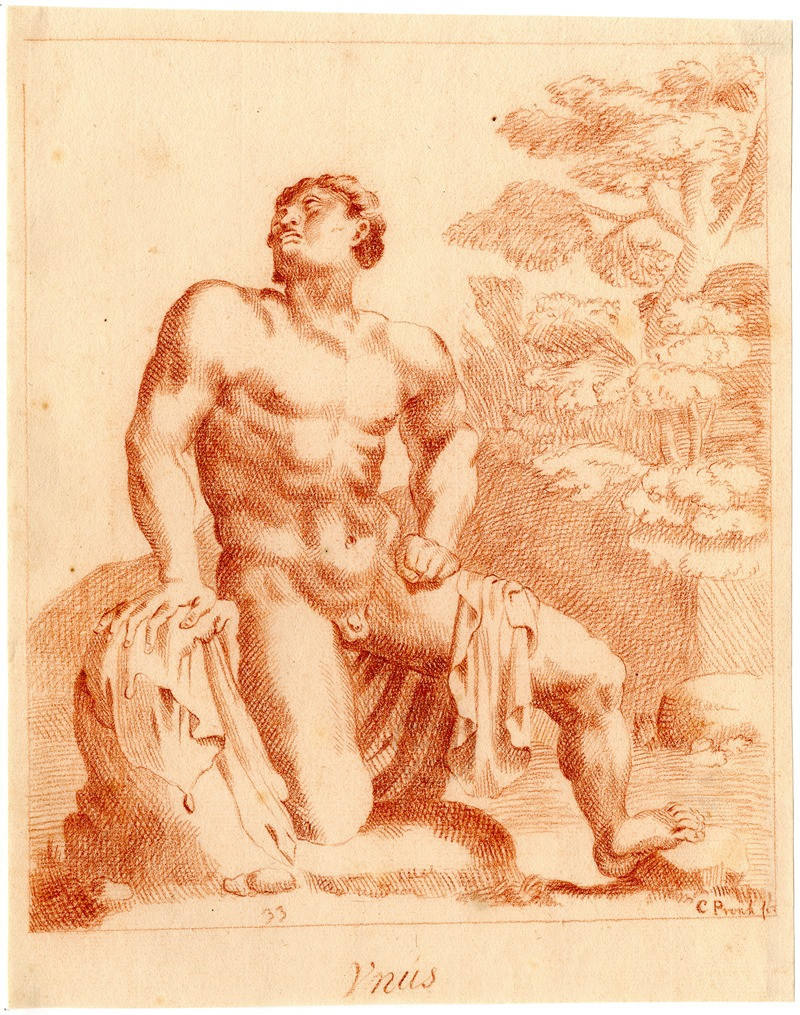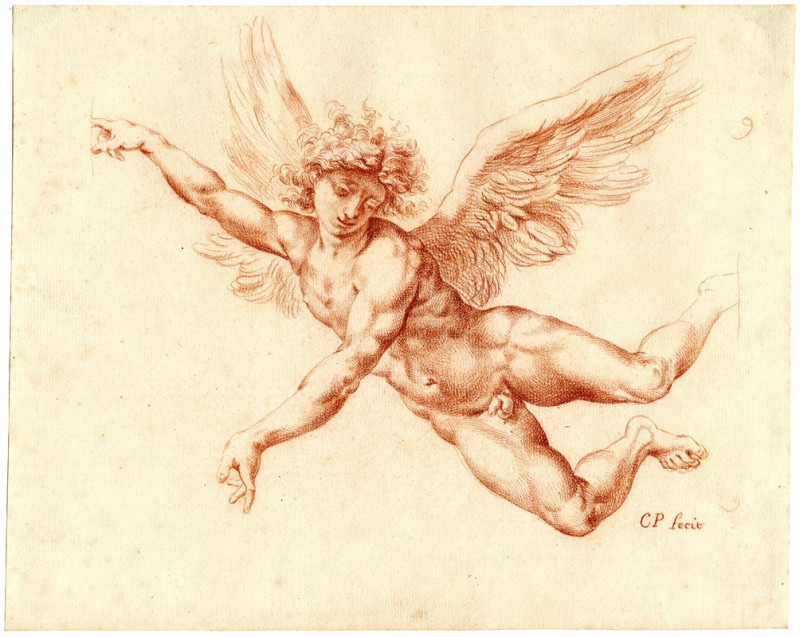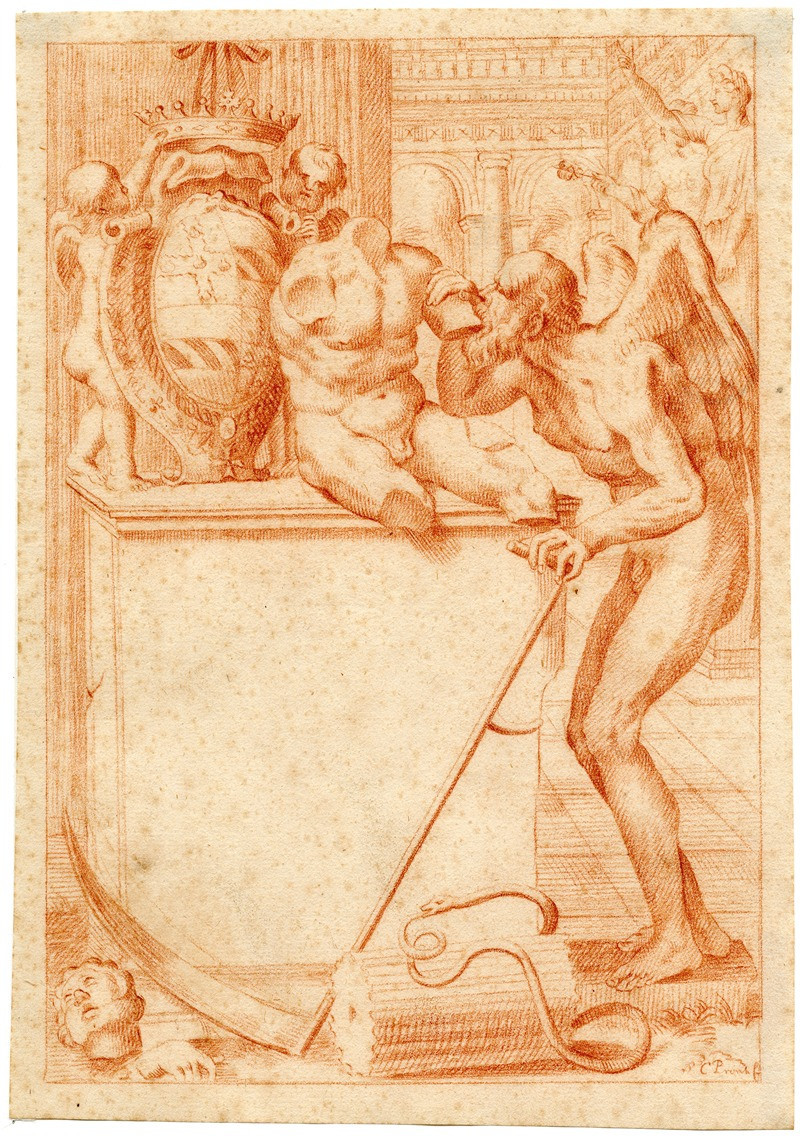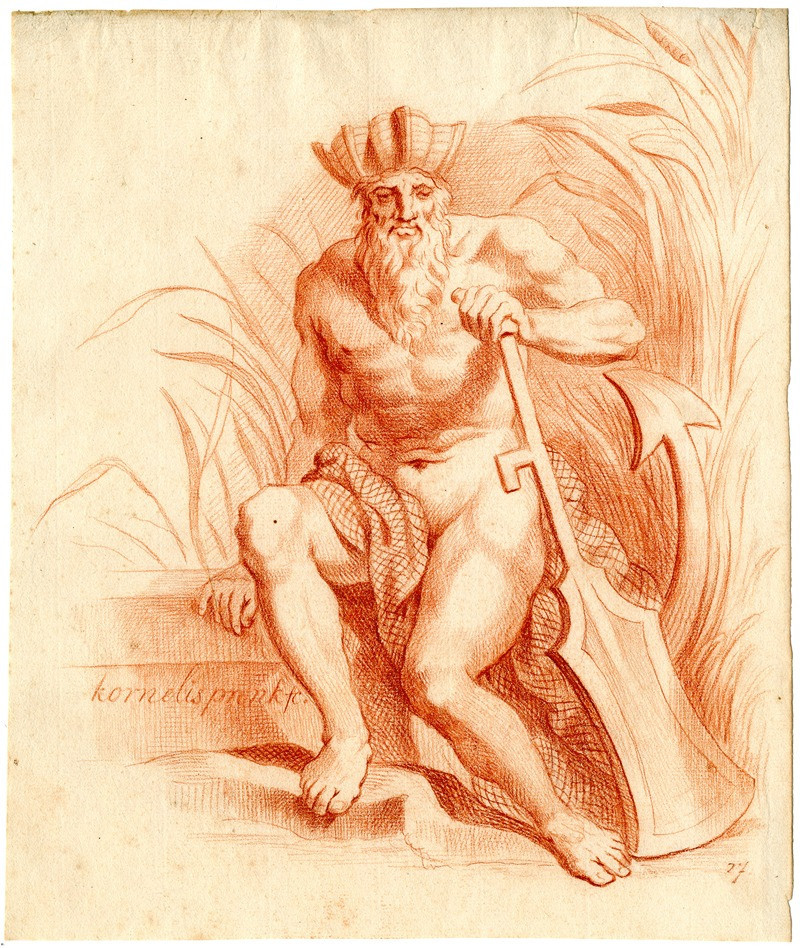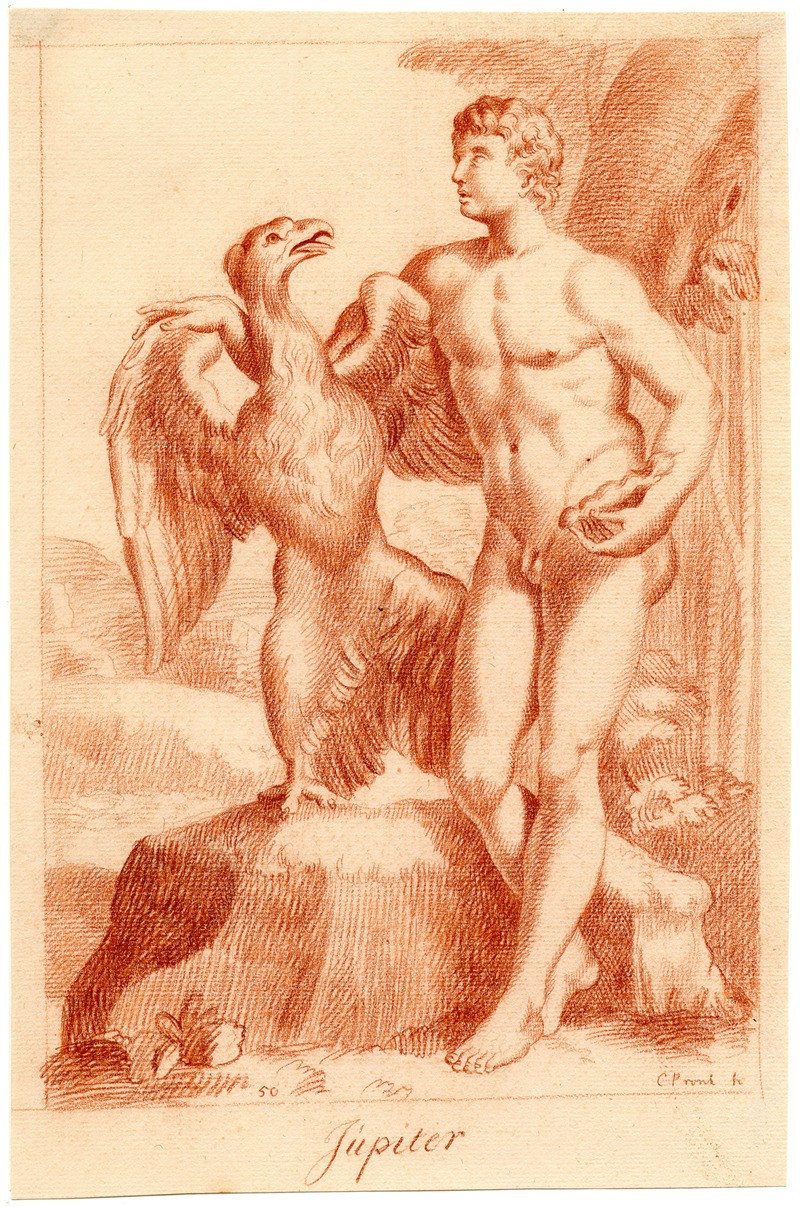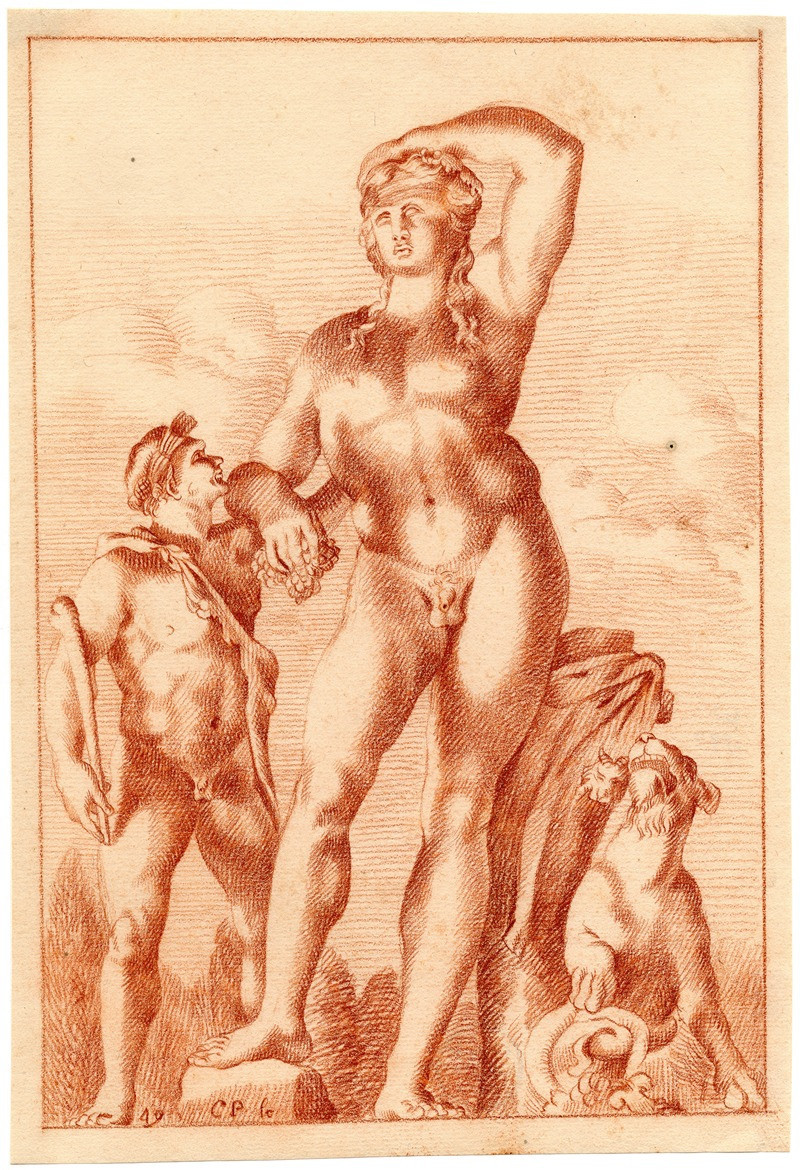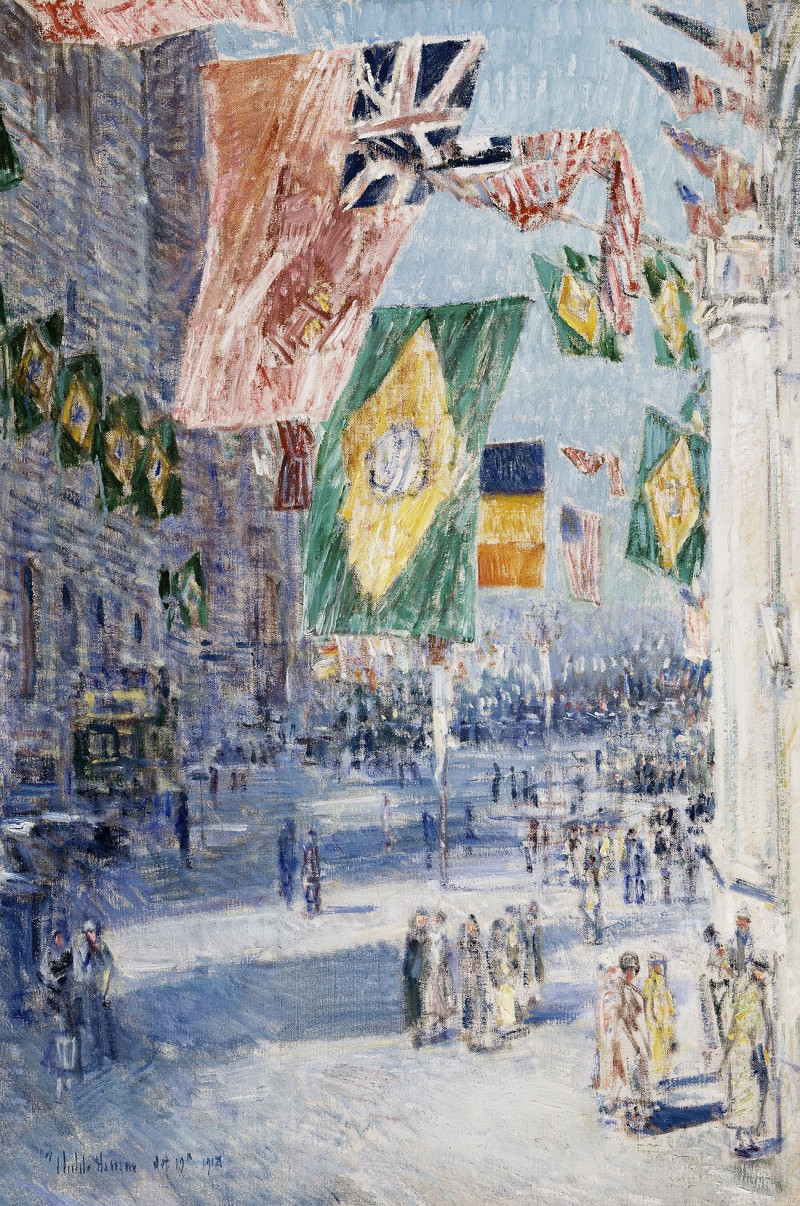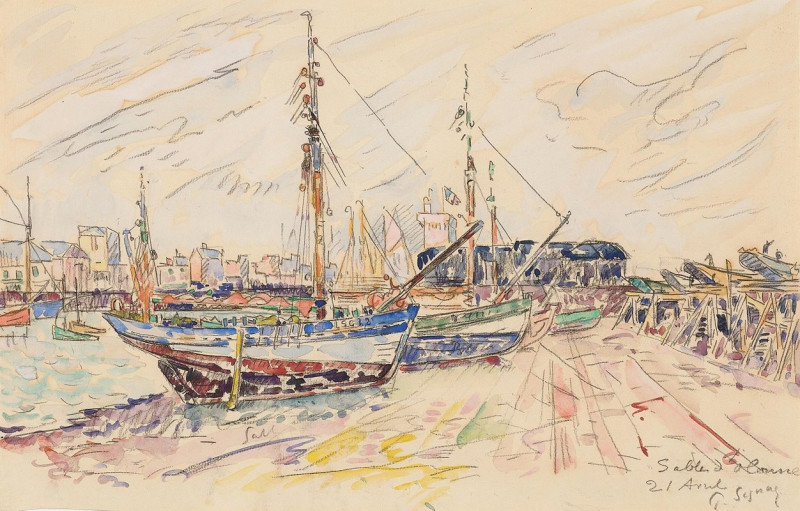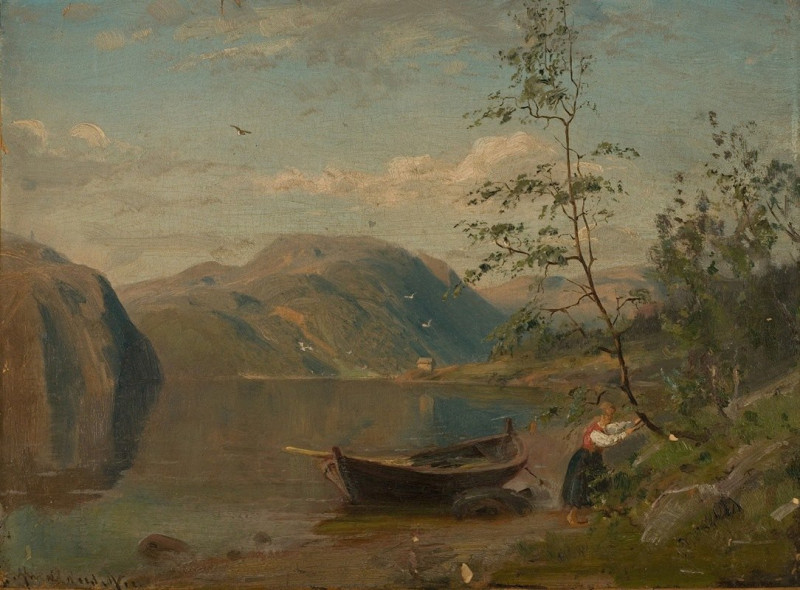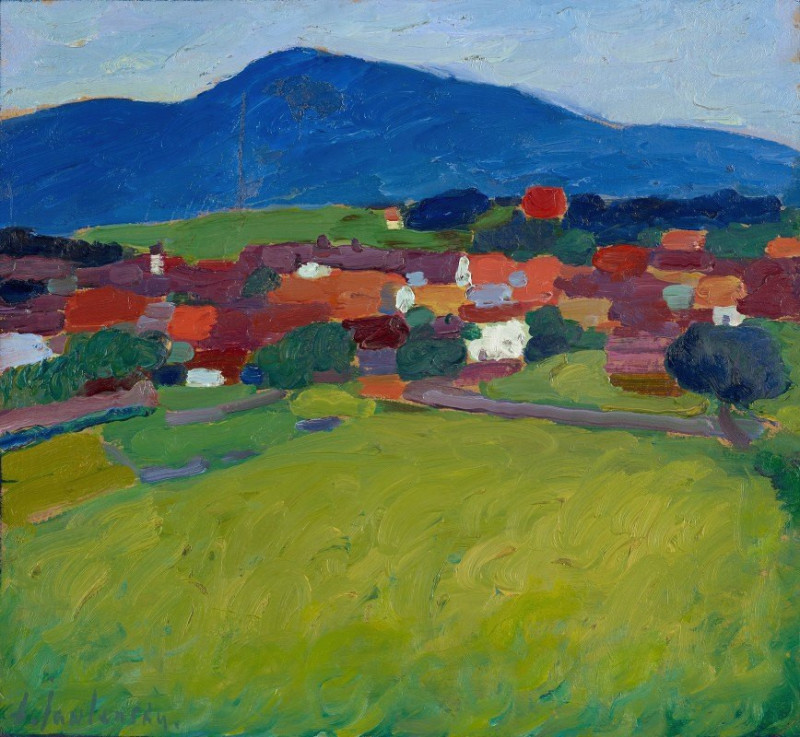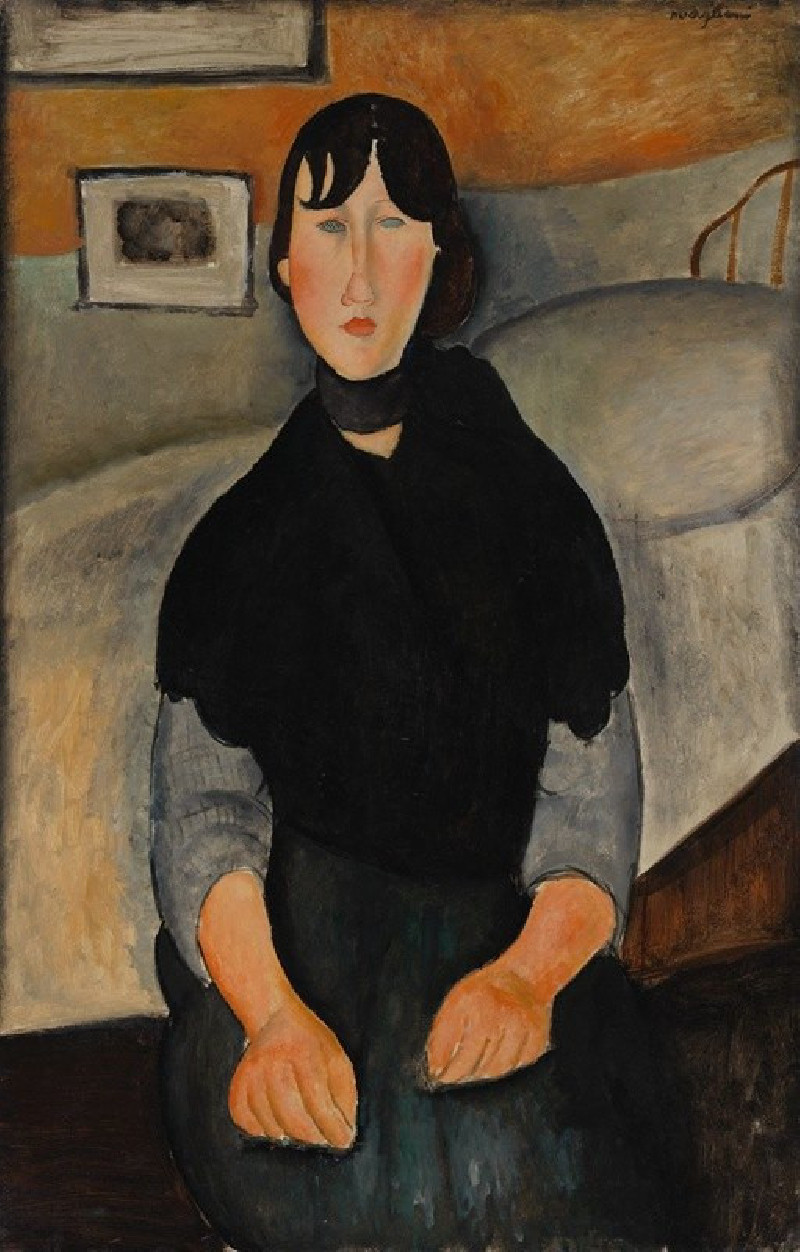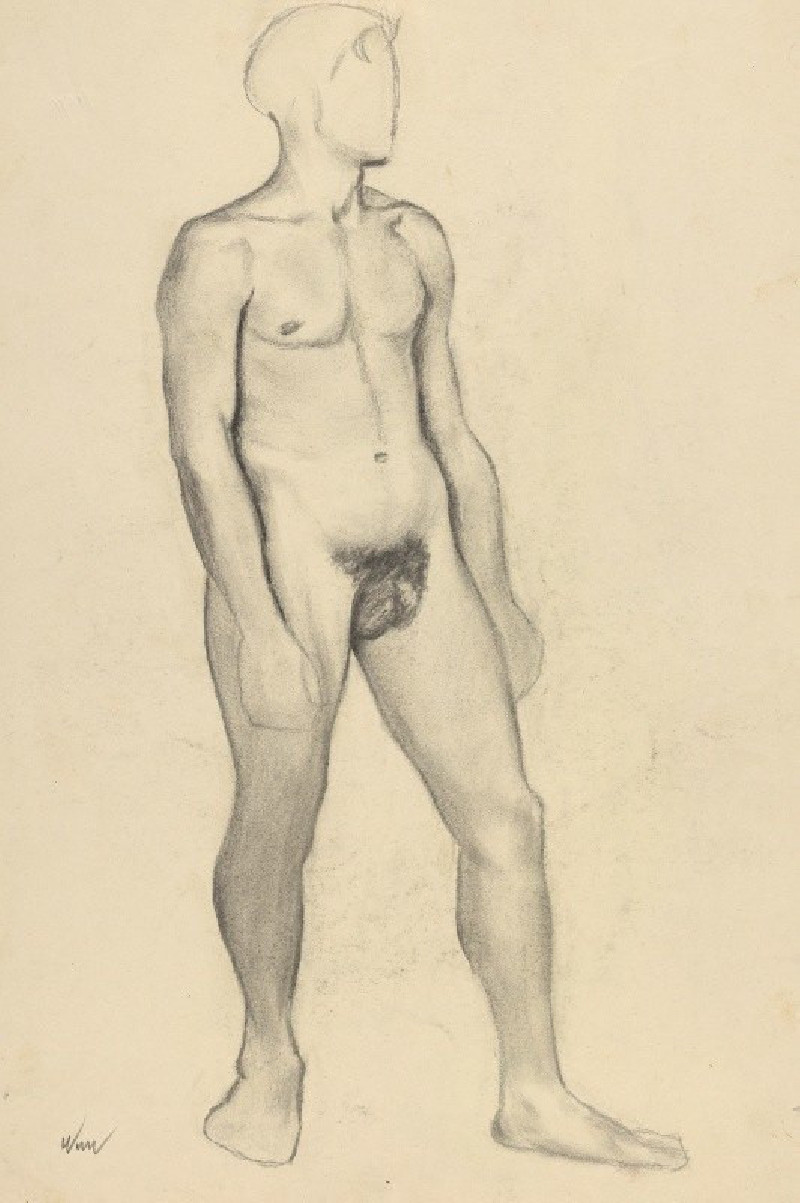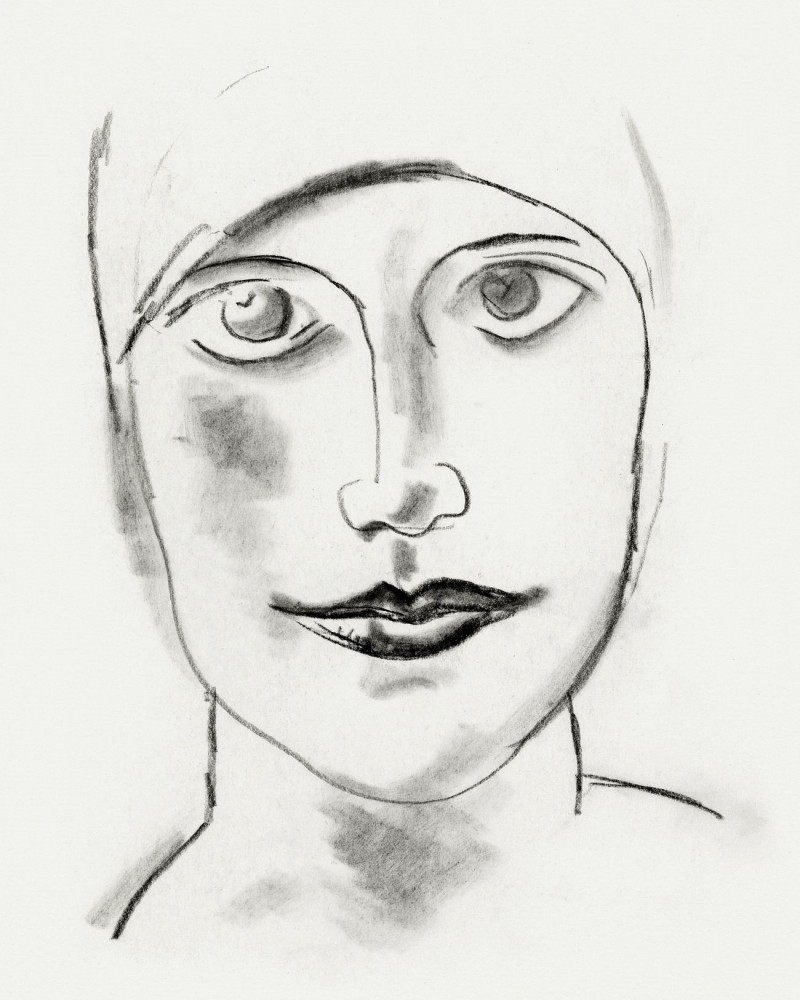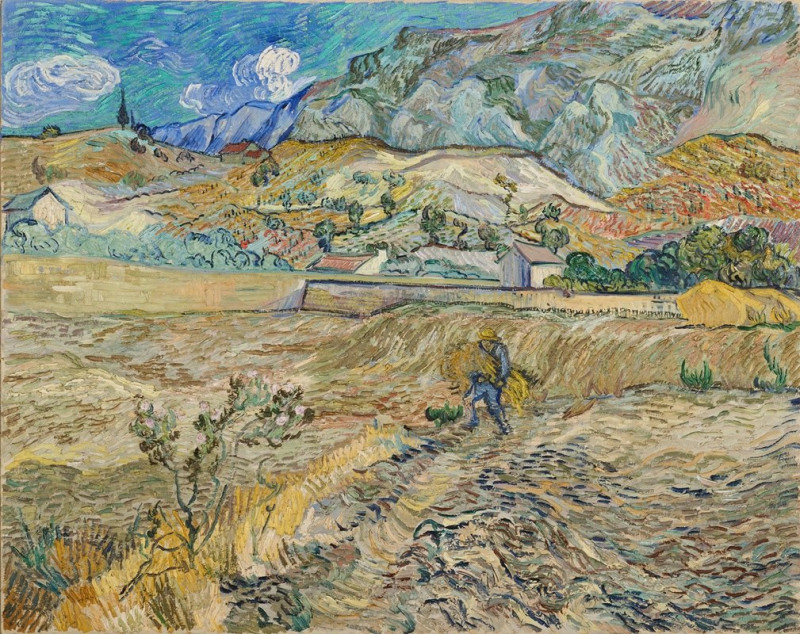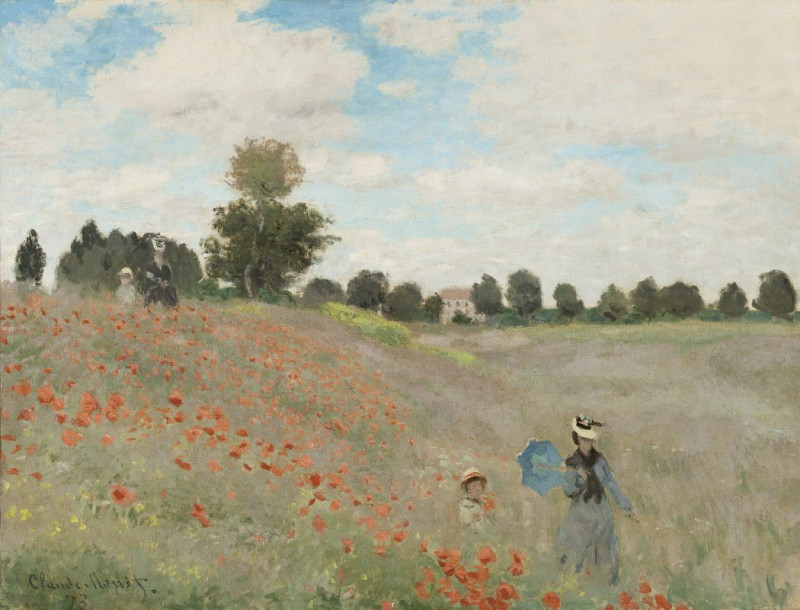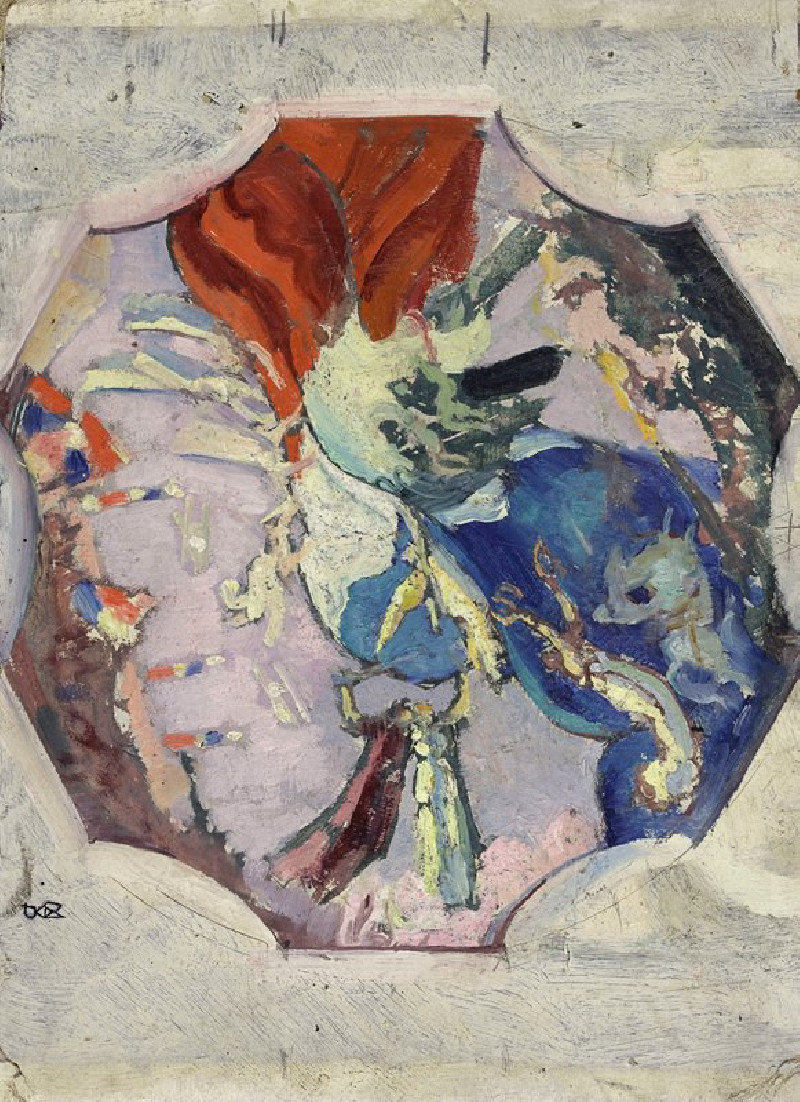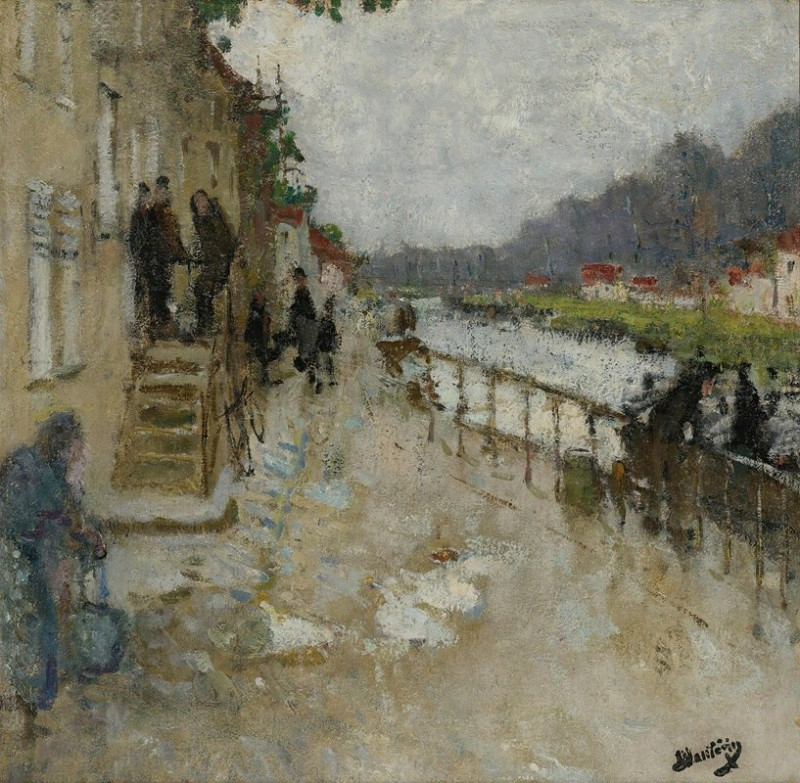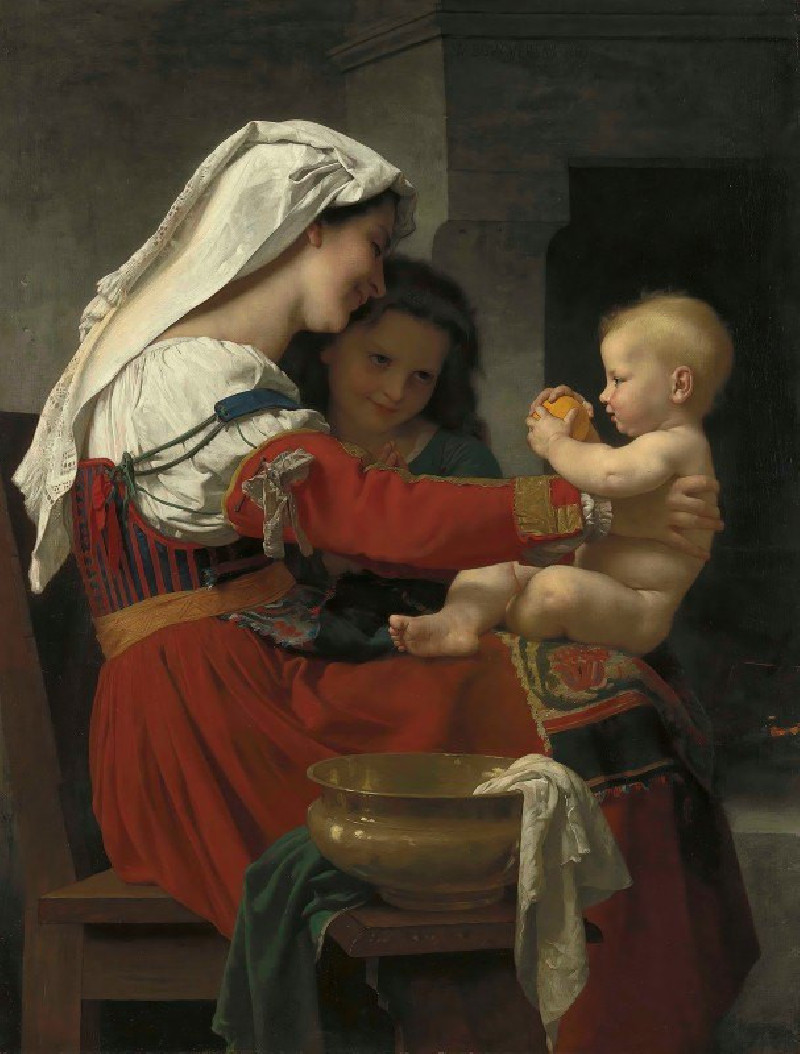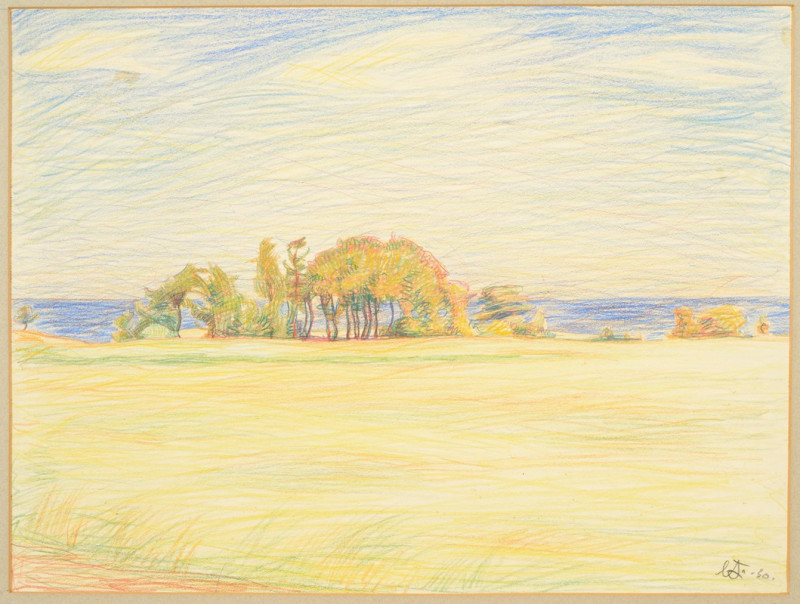De Ares Ludovisi
Technique: Giclée quality print
Recommended by our customers
More about this artwork
The exquisite artwork titled "De Ares Ludovisi" by Cornelis Pronk depicts a seated male figure, imbuing a classic, sculptural finesse with its soft yet precise red chalk lines. The figure, reminiscent of ancient Greco-Roman warriors, is elegantly draped in flowing robes, his relaxed posture portrayed with a subtle mastery that highlights both strength and serenity.The seated figure holds a helmet delicately in one hand, suggesting themes of warfare and peace simultaneously. His contemplative gaze, directed slightly away from the viewer, adds an air of introspection. To his side, a small dog looks up at him, a symbol often associated with loyalty or protection in classical art. The shield resting beside him further enriches the martial symbolism, emphasizing the duality of power and restraint.Set against a lightly sketched backdrop that hints at a pastoral landscape, this drawing not only showcases Pronk’s skill in capturing human anatomy and emotion but also reflects the classical inspirations that resonate through his work.
Delivery
Returns
Cornelis Pronk (10 December 1691 – 28 or 29 September 1759), also known as Cornelis Pronck, was a Dutch draughtsman, painter and porcelain designer. He is known particularly for his numerous drawings of cities, towns and buildings (so-called topographical drawings), as well as for his porcelain designs.

